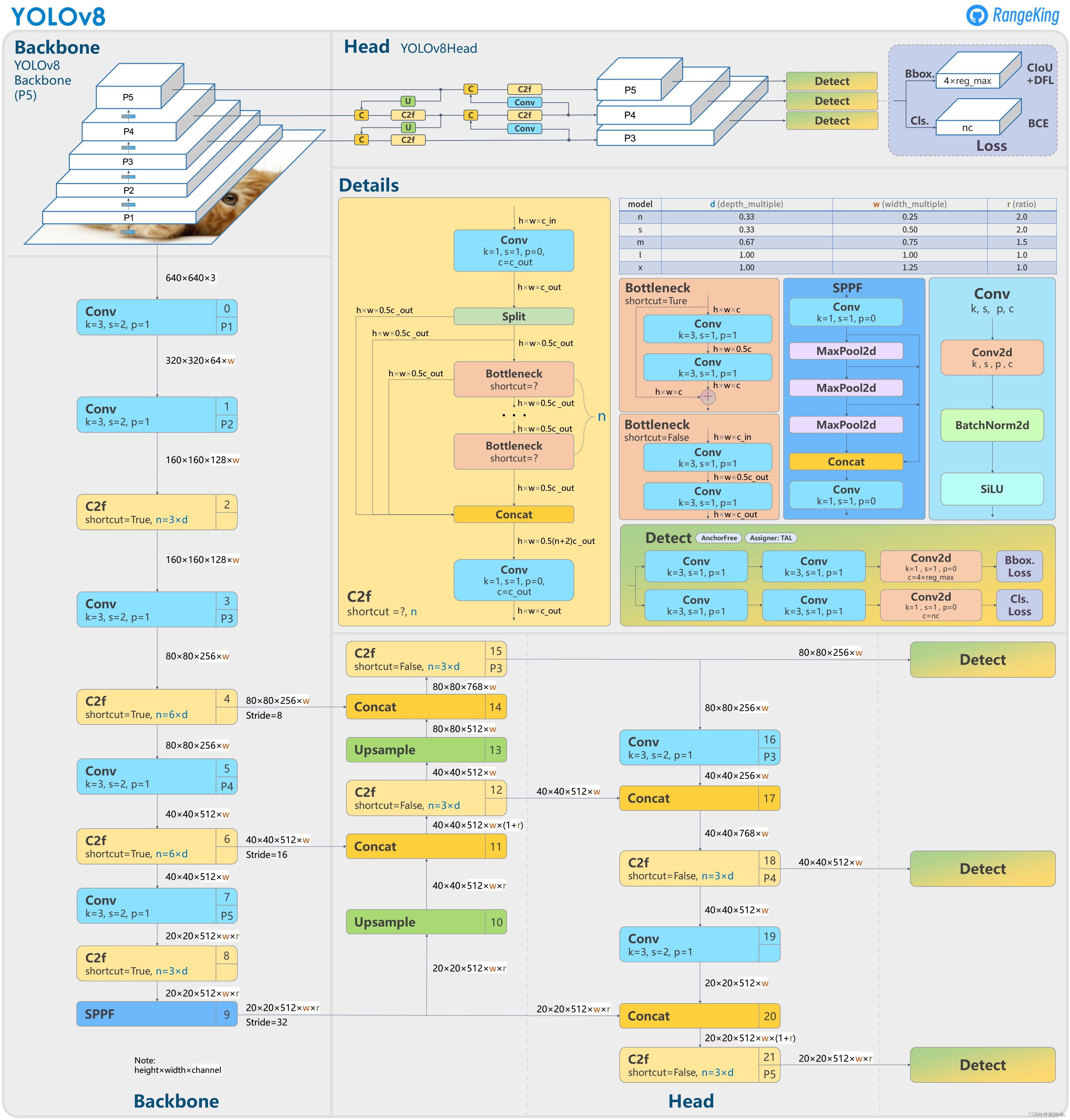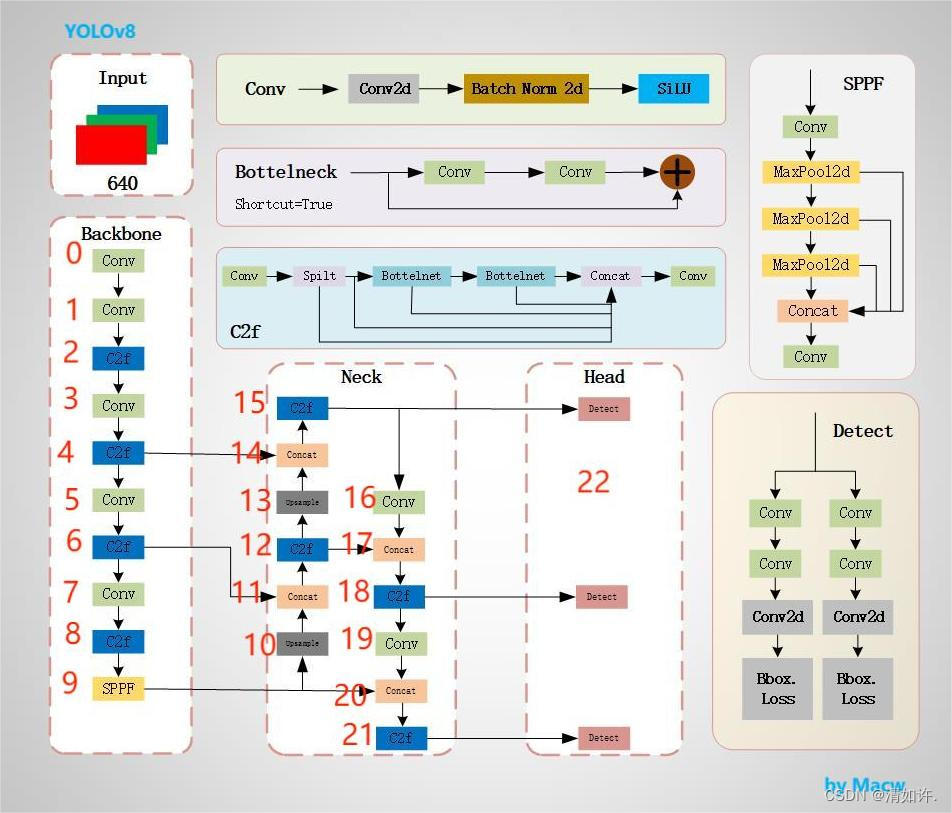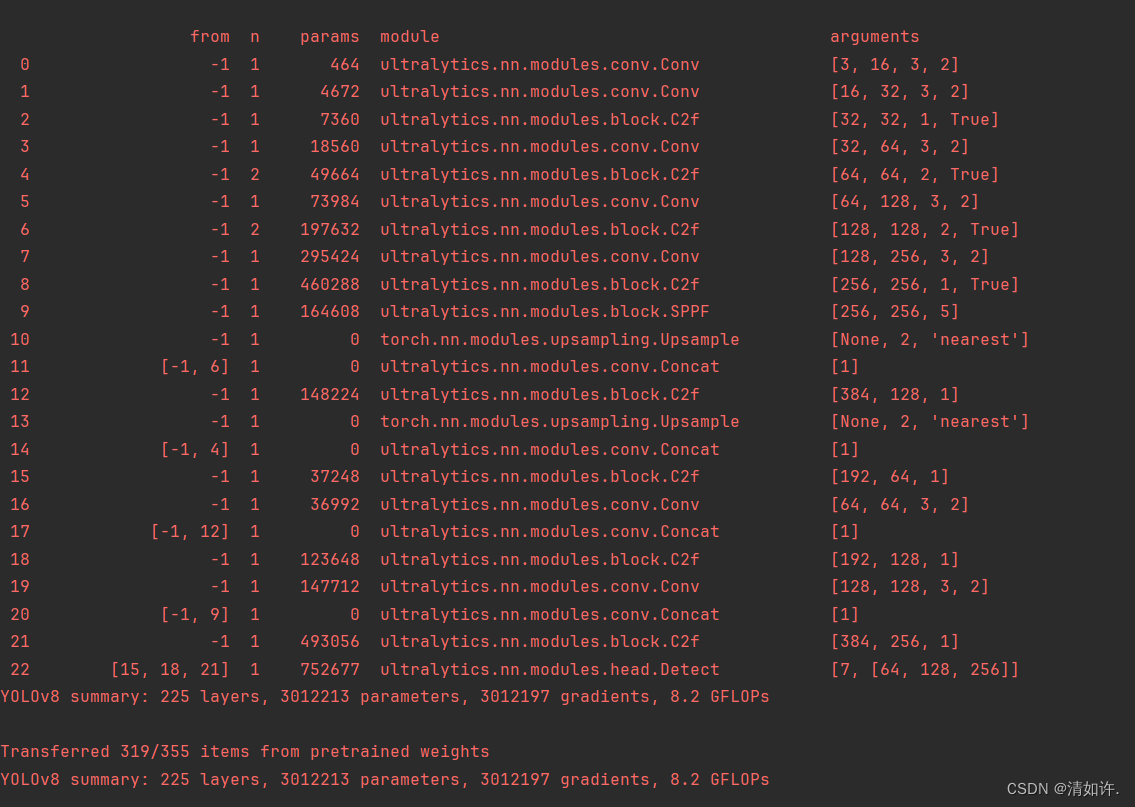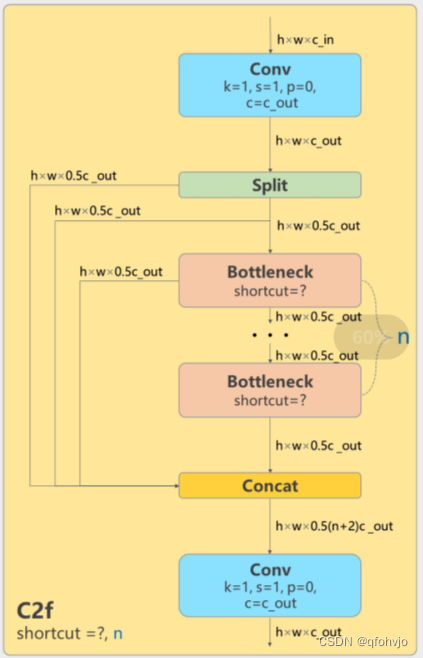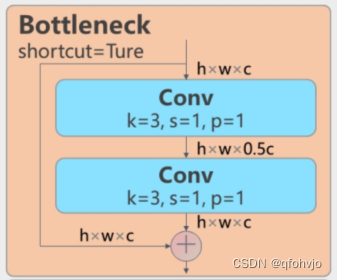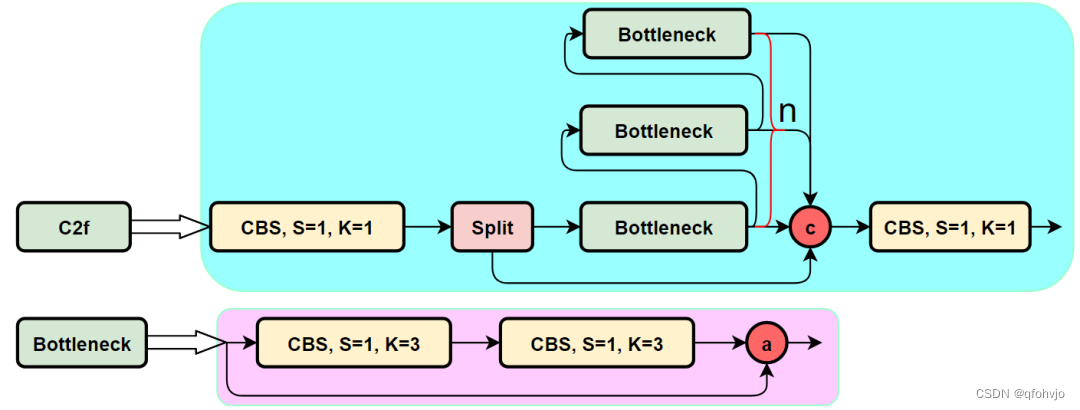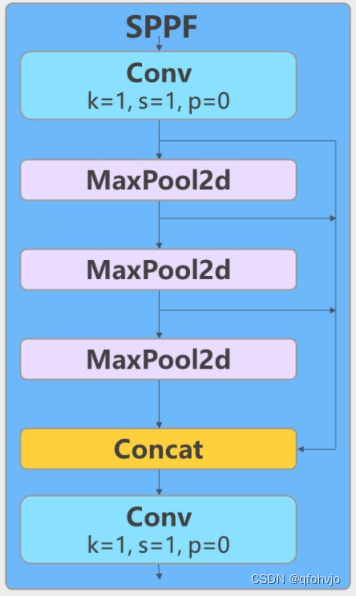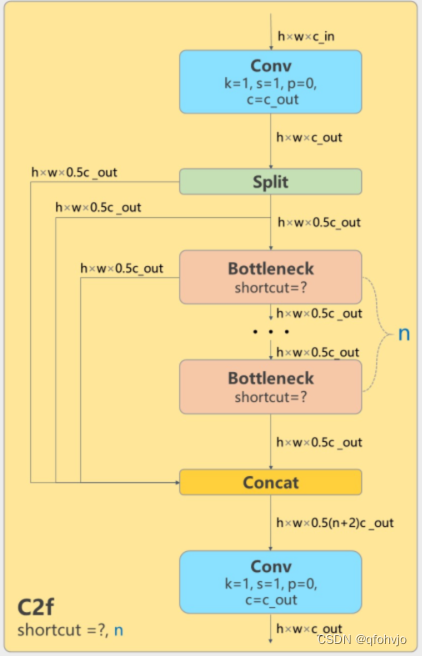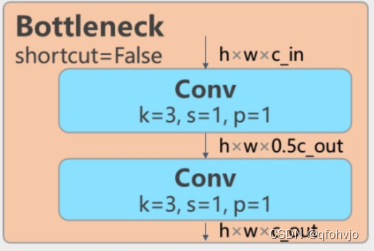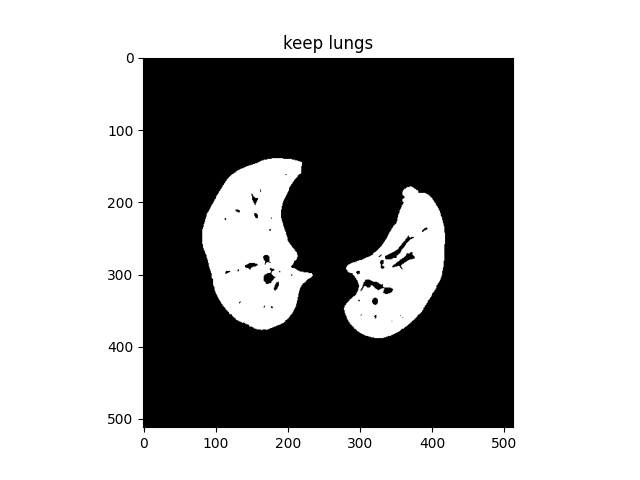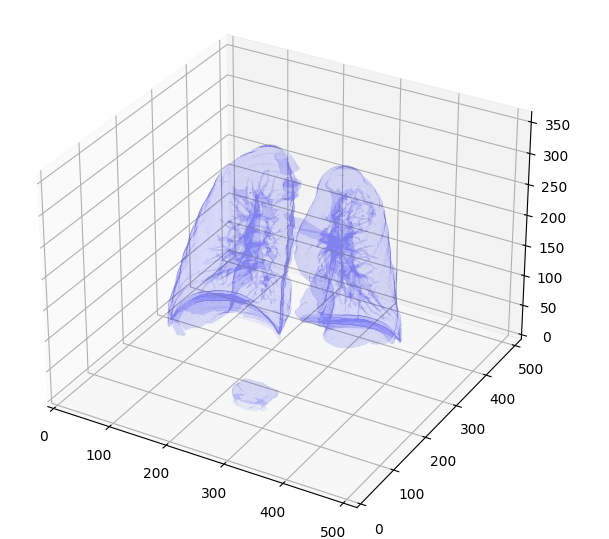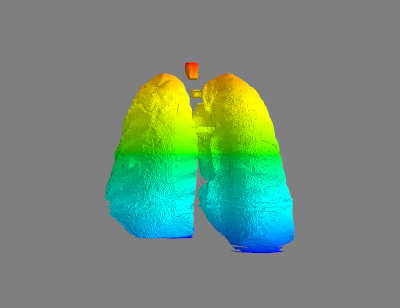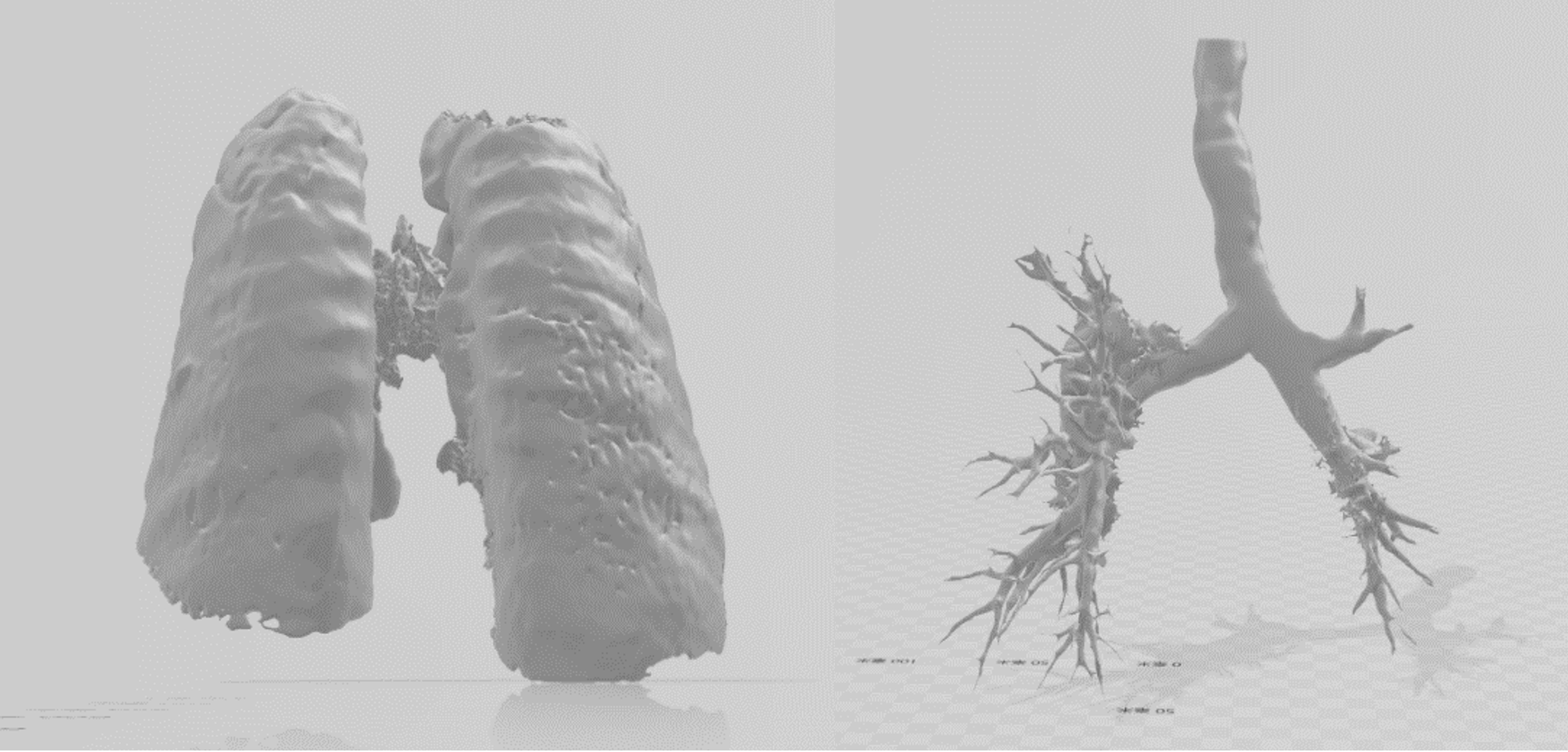一、Agent概述
在LLM赋能的自主agent系统中,LLM充当agent大脑的角色,并与若干关键组件协作:
-
- 规划(planning)
-
- 子目标分解:agent将大任务拆分为更小的可管理的子目标,使得可以有效处理复杂任务。
- 反思与完善:agent对历史动作可以自我批评和自我反思,从错误中学习并在后续步骤里完善,从而改善最终结果的质量。
- 记忆(Memory)
- 短期记忆:上下文学习即是利用模型的短期记忆学习
- 长期记忆:为agent提供保留和召回长期信息的能力,通常利用外部向量存储和检索实现
- 工具使用(tool use)
- 对模型权重丢失的信息,agent学习调用外部API获取额外信息,包括当前信息、代码执行能力、专有信息源的访问等等。
二、Agent是什么?
Agent一词起源于拉丁语中的Agere,意思是“to do”。在LLM语境下,Agent可以理解为在某种能自主理解、规划决策、执行复杂任务的智能体。
Agent并非ChatGPT升级版,它不仅告诉你“如何做”,更会帮你去做。如果Copilot是副驾驶,那么Agent就是主驾驶。
自主Agent是由人工智能驱动的程序,当给定目标时,它们能够自己创建任务、完成任务、创建新任务、重新确定任务列表的优先级、完成新的顶级任务,并循环直到达到目标。
最直观的公式:Agent = LLM+Planning+Feedback+Tool use
三、Agent决策流程
- 感知(Perception)→ 规划(Planning)→ 行动(Action)
- 感知(Perception)是指Agent从环境中收集信息并从中提取相关知识的能力。
- 规划(Planning)是指Agent为了某一目标而作出的决策过程。
- 行动(Action)是指基于环境和规划做出的动作。
Agent通过感知从环境中收集信息并提取相关知识。然后通过规划为了达到某个目标做出决策。最后,通过行动基于环境和规划做出具体的动作。Policy是Agent做出行动的核心决策,而行动又为进一步感知提供了观察的前提和基础,形成了一个自主的闭环学习过程。
四、人是如何做事的?
在工作中,我们通常会用到PDCA思维模型。基于PDCA模型,我们可以将完成一项任务进行拆解,按照作出计划、计划实施、检查实施效果,然后将成功的纳入标准,不成功的留待下一循环去解决。目前,这是人们高效完成一项任务非常成功的经验总结。
如何让LLM替代人去做事?
要让LLM替代人去做事,我们可以基于PDCA模型进行 规划、执行、评估和反思。
规划能力(Plan)-> 分解任务:Agent大脑把大的任务拆解为更小的,可管理的子任务,这对有效的、可控的处理好大的复杂的任务效果很好。
执行能力(Done)-> 使用工具:Agent能学习到在模型内部知识不够时(比如:在pre-train时不存在,且之后没法改变的模型weights)去调用外部API,比如:获取实时的信息、执行代码的能力、访问专有的信息知识库等等。这是一个典型的平台+工具的场景,我们要有生态意识,即我们构建平台以及一些必要的工具,然后大力吸引其他厂商提供更多的组件工具,形成生态。
评估能力(Check)-> 确认执行结果:Agent要能在任务正常执行后判断产出物是否符合目标,在发生异常时要能对异常进行分类(危害等级),对异常进行定位(哪个子任务产生的错误),对异常进行原因分析(什么导致的异常)。
反思能力(Adjust)-> 基于评估结果重新规划:Agent要能在产出物符合目标时及时结束任务,是整个流程最核心的部分;同时,进行归因分析总结导致成果的主要因素,另外,Agent要能在发生异常或产出物不符合目标时给出应对措施,并重新进行规划开启再循环过程。
下面,来看几个具体的案例
让LLM能够获取当前时间
首先,我们定义一个获取当前时间的tool
from langchain.tools import Tool
def get_time(input=""):
return datetime.datetime.now()
#定义获取当前时间
time_tool = Tool(
name='get current time',
func= get_time,
description="用来获取当前时间. input should be 'time'"""
)
name: 工具名称 func: 工具的实现 description: 工具的描述,一定要是准确的描述,该部分会加入到LLM的prompt中,若描述不准确,LLM可能无法准确调用
我们将langchain中内置的prompt打印出来看看
Respond to the human as helpfully and accurately as possible. You have access to the following tools:
get current time: 用来获取当前时间. input should be 'time', args: {{'tool_input': {{'type': 'string'}}}}
Use a json blob to specify a tool by providing an action key (tool name) and an action_input key (tool input).
Valid "action" values: "Final Answer" or get current time
Provide only ONE action per $JSON_BLOB, as shown:
```
{{
"action": $TOOL_NAME,
"action_input": $INPUT
}}
```
Follow this format:
Question: input question to answer
Thought: consider previous and subsequent steps
Action:
```
$JSON_BLOB
```
Observation: action result
... (repeat Thought/Action/Observation N times)
Thought: I know what to respond
Action:
```
{{
"action": "Final Answer",
"action_input": "Final response to human"
}}
```
Begin! Reminder to ALWAYS respond with a valid json blob of a single action. Use tools if necessary. Respond directly if appropriate. Format is Action:```$JSON_BLOB```then Observation:.
Thought:
从以上prompt可以看出,我们定义好的获取当前时间的工具函数,也被包裹在里面,并且,他还帮我们生成了一个输入参数的格式限制prompt:args: {{‘tool_input’: {{‘type’: ‘string’}}}}
我们接着看:
Use a json blob to specify a tool by providing an action key (tool name) and an action_input key (tool input).
Valid "action" values: "Final Answer" or get current time
Provide only ONE action per $JSON_BLOB, as shown:
```
{{
"action": $TOOL_NAME,
"action_input": $INPUT
}}
```
这段prompt要求LLM生成的action需要是一个jsonb的格式,并且包含两个key:action和action_input,分别对应工具名和工具的输入,并且给了一个样例。
并且,有效的action不仅包含了get current time,还多了个Final Answer
我们来用一个实际的问题试试:
question = "现在几点?" result = agent.run(question) print(result)
输出
当前时间是2024年01月02日11点12分01秒。
对比下未使用tool的输出:
我无法回答这个问题,因为我没有实时访问实际的时间或日期。我是根据我的训练数据提供信息的。
可见,当不使用tool时,LLM是无法知道当前时间的
为了更容易理解Agent是如何工作的,我打印出了中间过程的日志:
Thought: 需要使用工具获取当前时间
Action:
```
{
"action": "get current time",
"action_input": {
"type": "string"
}
}
```
Observation: 2024-01-02 11:44:16.900356
我现在知道了当前时间
Action:
```
{
"action": "Final Answer",
"action_input": "当前时间是2024年01月02日11点44分16秒。"
}
```
首先,LLM先思考应该调用哪个工具,并且知道应该调用get current time,且给出了输入参数的类型
接着,拿到了LLM输出的结果,即:Observation: 2024-01-02 11:44:16.900356
最后,LLM知道了答案,再次调用工具:Final Answer输出答案
五、让LLM拥有计算器的功能
langchain内置了许多工具,使用load_tools函数即可加载,这次我们不自己定义tool了,我们使用langchain内置的工具试试。
tools = load_tools(tool_names=["llm-math"], llm=llm)
tools.append(time_tool)
看看llm-math的定义
def _get_llm_math(llm: BaseLanguageModel) -> BaseTool:
return Tool(
name="Calculator",
description="Useful for when you need to answer questions about math.",
func=LLMMathChain.from_llm(llm=llm).run,
coroutine=LLMMathChain.from_llm(llm=llm).arun,
)
我们看看此时的prompt
Respond to the human as helpfully and accurately as possible. You have access to the following tools:
Calculator: Useful for when you need to answer questions about math., args: {{'tool_input': {{'type': 'string'}}}}
get current time: 用来获取当前时间. input should be 'now', args: {{'tool_input': {{'type': 'string'}}}}
Use a json blob to specify a tool by providing an action key (tool name) and an action_input key (tool input).
Valid "action" values: "Final Answer" or Calculator, get current time
Provide only ONE action per $JSON_BLOB, as shown:
```
{{
"action": $TOOL_NAME,
"action_input": $INPUT
}}
```
Follow this format:
Question: input question to answer
Thought: consider previous and subsequent steps
Action:
```
$JSON_BLOB
```
Observation: action result
... (repeat Thought/Action/Observation N times)
Thought: I know what to respond
Action:
```
{{
"action": "Final Answer",
"action_input": "Final response to human"
}}
```
Begin! Reminder to ALWAYS respond with a valid json blob of a single action. Use tools if necessary. Respond directly if appropriate. Format is Action:```$JSON_BLOB```then Observation:.
Thought:
相比上一个例子,多了一个名叫Calculator的prompt: Calculator: Useful for when you need to answer questions about math., args: {{‘tool_input’: {{‘type’: ‘string’}}}}
实际上就是多了个tool name 和 tool description
来试试效果
question = "789*324353等于多少?" result = agent.run(question) print(result)
输出
255914517
对比下未使用tool的输出:
789 * 324353 = 324353 * (700 + 80 + 9) = 324353 * 700 + 324353 * 80 + 324353 * 9 = 227047100 + 25948240 + 2921177 = 252995340 + 2921177 = 255916517
未使用tool虽然没有获得正确答案,但好在知道将数学问题分解,但我这里使用的是qwen-72b-chat-int4,要是小一点的模型,就不一定有这样的效果了。
以下是baichuan2-13b-chat的输出
789乘以324353等于259553427。
六、让LLM获取实时天气
定义tool:
China-City-List-latest.csv文件从(https://github.com/qwd/LocationList/blob/master/China-City-List-latest.csv下载
和风天气API key需要在https://dev.qweather.com注册获取,自行google
def getLocationId(city):
d = collections.defaultdict(str)
try:
df = pd.read_csv("./data/datasets/virus/China-City-List-latest.csv", encoding='utf-8')
except Exception as e:
print(e)
for i, row in df.iterrows():
d[row['Location_Name_ZH']] = row['Location_ID']
return d[city] if city in d else ''
def get_weather(location):
key = "你的和风天气API key"
id = getLocationId(location)
if not id:
return "没有这个城市"
base_url = 'https://devapi.qweather.com/v7/weather/now?'
params = {'location': id, 'key': key, 'lang': 'zh'}
response = requests.get(base_url, params=params)
data = response.json()
if data["code"] != "200":
return "没有这个城市的天气情况"
return get_weather_info(data)
def get_weather_info(info):
if info["code"] != "200":
return "没有这个城市的天气情况"
# result = f'现在天气{info["hourly"][0]["text"]},温度 {info["hourly"][0]["temp"]} 度, 未来 24 小时天气{info["hourly"][-1]["text"]},温度 {info["hourly"][-1]["temp"]} 度。'
result = f"""
现在天气: {info["now"]["text"]}
温度: {info["now"]["temp"]} 摄氏度
风向: {info["now"]["windDir"]}
风力等级: {info["now"]["windScale"]}
风速: {info["now"]["windSpeed"]} 公里/小时
"""
return result
weather_tool = Tool(
name='get current weather',
func= get_weather,
description="用来获取当地的天气信息,输入应该是城市名称"""
)
来试试效果
question = "杭州今天能穿短袖吗?" result = agent.run(question) print(result)
输出
不建议穿短袖,今天杭州有霾,温度为10摄氏度。
对比下未使用tool的输出:
作为一个语言模型,我无法获取实时的天气信息。请您自行查询杭州当前的天气情况,并根据气温和个人体质决定是否穿短袖。
以上工具函数,输入参数均只有一个,接下来看看,当输入参数有多个时,应如何处理
七、tool有多个输入参数的场景
定义tool:
class FutureWeatherInput(BaseModel):
location: str = Field(description="城市名称")
date: str = Field(description="日期,格式:yyyy-mm-dd,如:2021-11-15")
def get_future_weather(location, date):
key = "你的和风天气API key"
id = getLocationId(location)
if not id:
return "没有这个城市"
base_url = 'https://devapi.qweather.com/v7/weather/7d?'
params = {'location': id, 'key': key, 'lang': 'zh'}
response = requests.get(base_url, params=params)
data = response.json()
if data["code"] != "200":
return "没有这个城市的天气情况"
result = {}
daily = data["daily"]
for item in daily:
fxDate = item["fxDate"]
weather_text = f"""
天气: {item["textDay"]}
最高温度: {item["tempMax"]} 摄氏度
最低温度: {item["tempMin"]} 摄氏度
风向: {item["windDirDay"]}
风力等级: {item["windScaleDay"]}
风速: {item["windSpeedDay"]} 公里/小时
"""
result[fxDate] = weather_text
return result[date]
future_weather_tool = StructuredTool(
name='get future weather',
func= get_future_weather,
description="用来获取当地今天和未来六天的天气信息。""",
args_schema=FutureWeatherInput
)
当tool需要多个输入参数时,我们不再使用Tool类,而使用StructuredTool类,它的定义如下(从langchain源码里可以找到)
class StructuredTool(BaseTool):
"""Tool that can operate on any number of inputs."""
description: str = ""
args_schema: Type[BaseModel] = Field(..., description="The tool schema.")
"""The input arguments' schema."""
func: Optional[Callable[..., Any]]
"""The function to run when the tool is called."""
coroutine: Optional[Callable[..., Awaitable[Any]]] = None
"""The asynchronous version of the function."""
且通过pydantic的BaseModel来约束输入,对输入参数的description也是必要的,因为该description也会传到prompt中


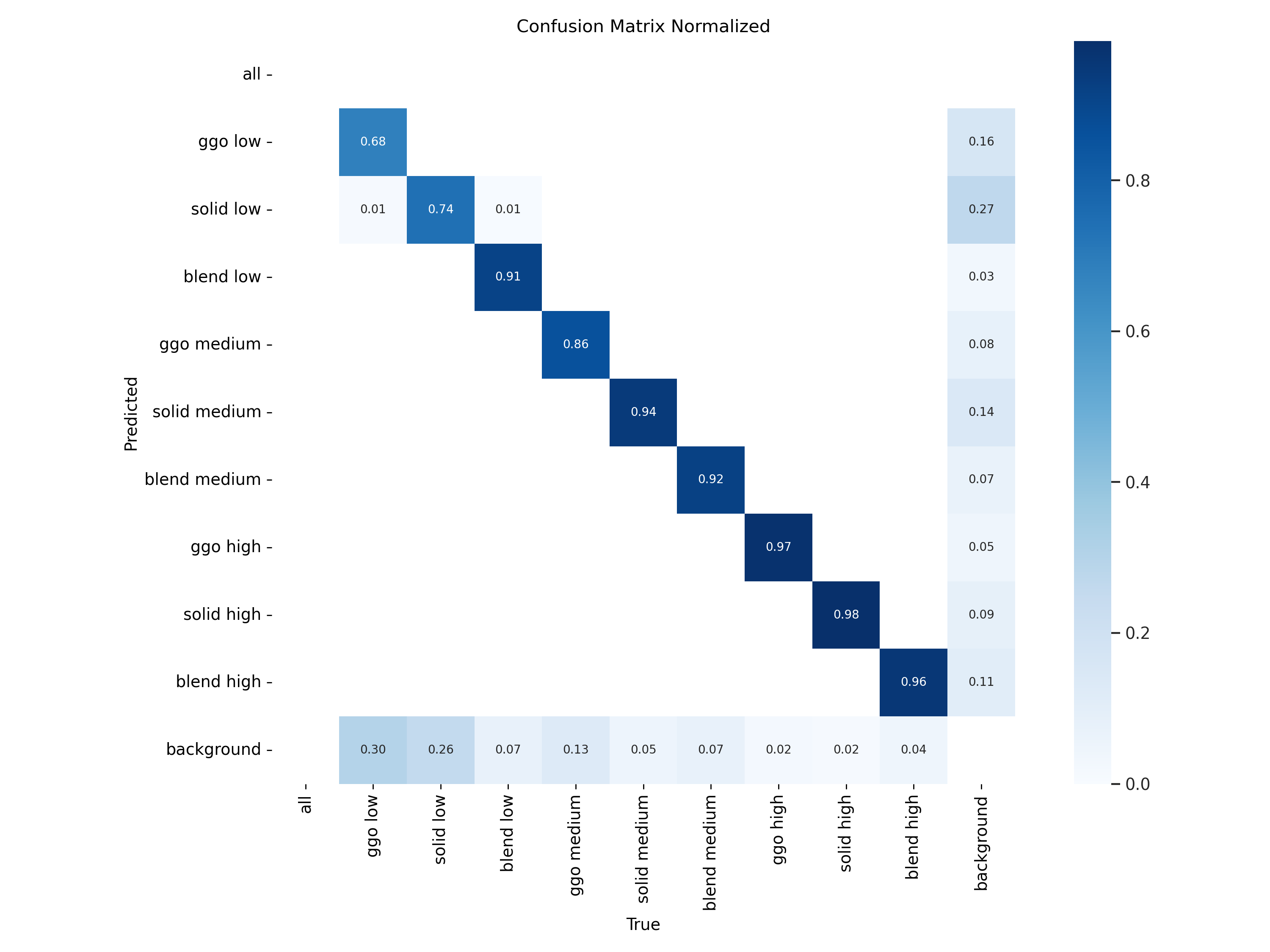

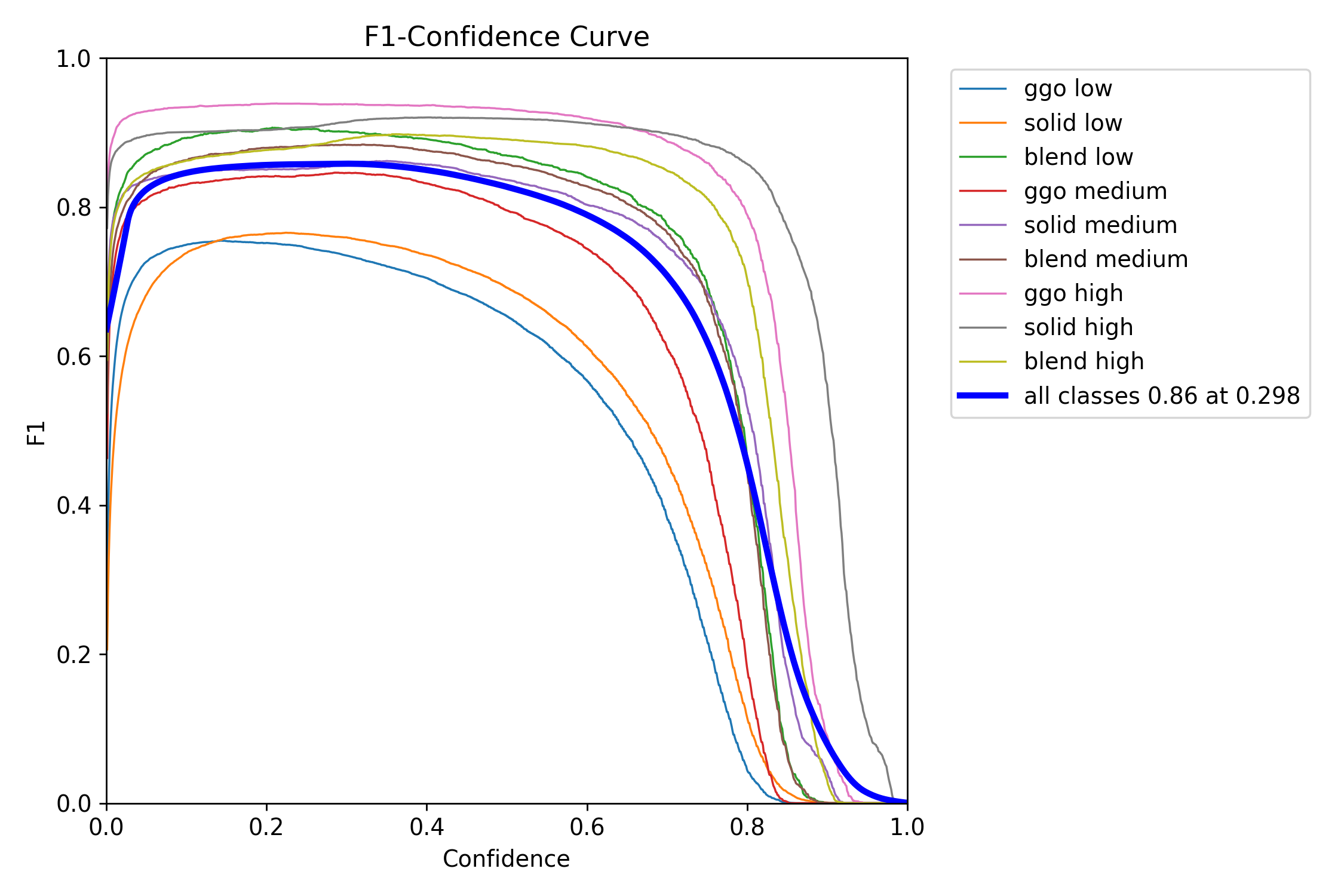
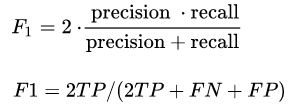

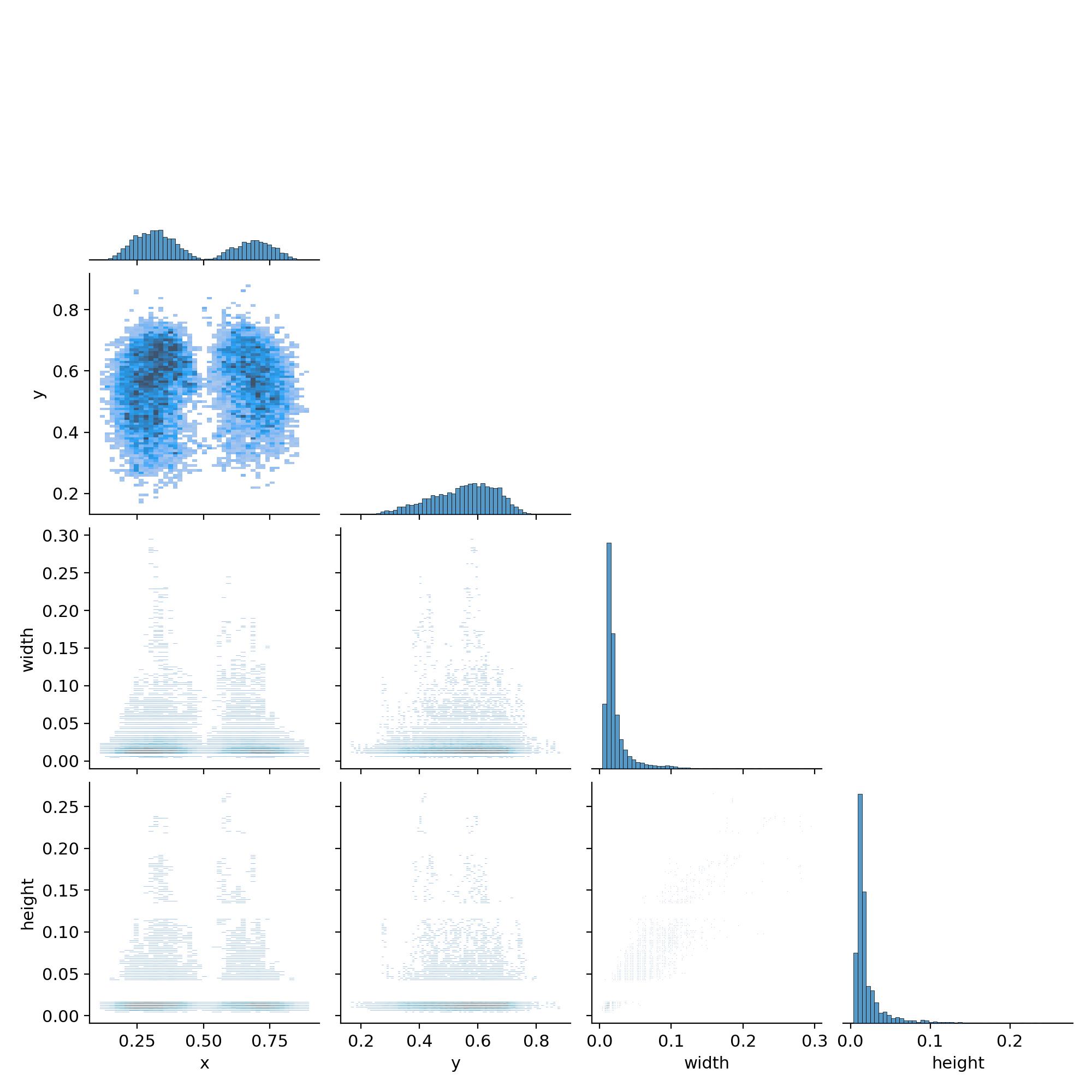
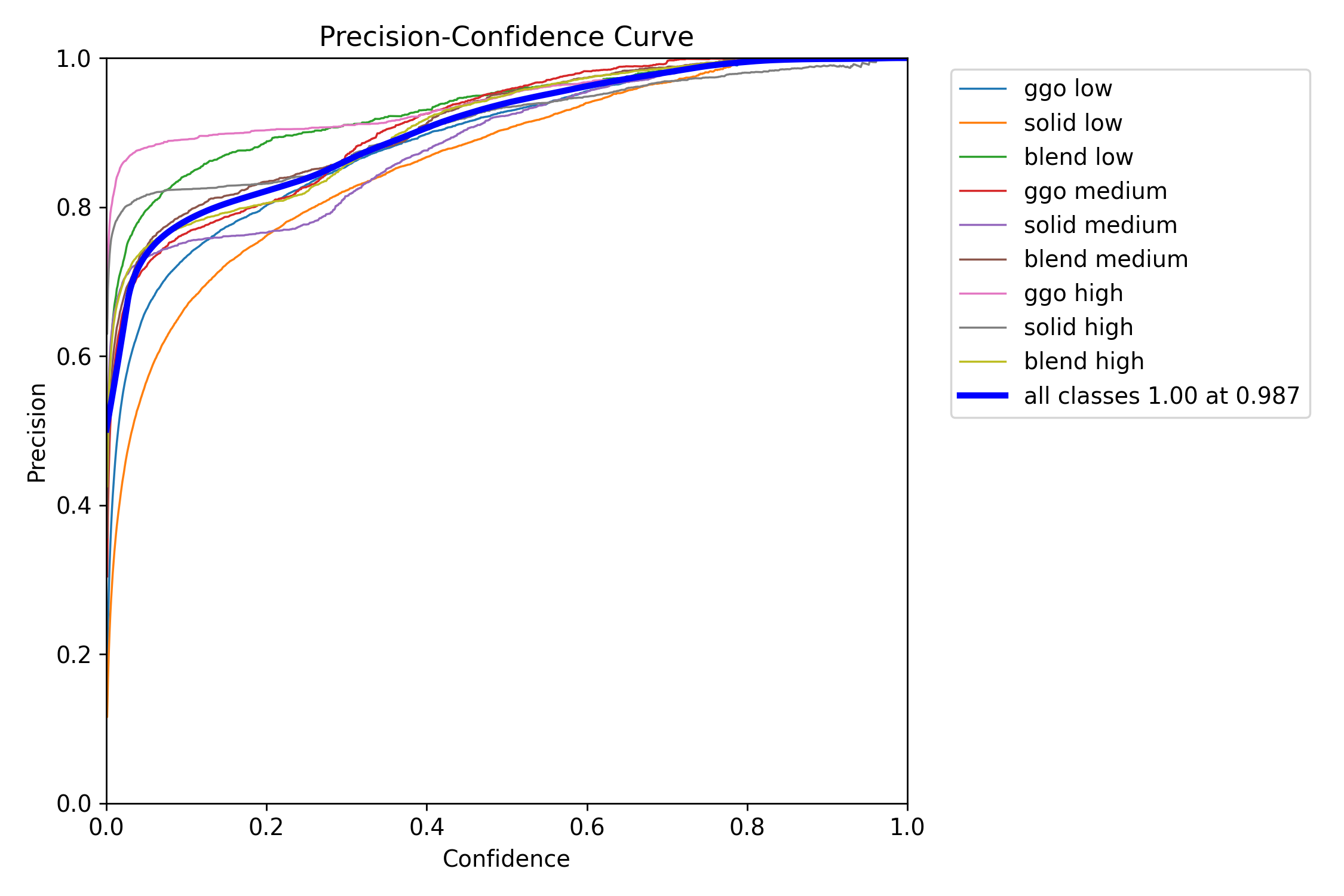
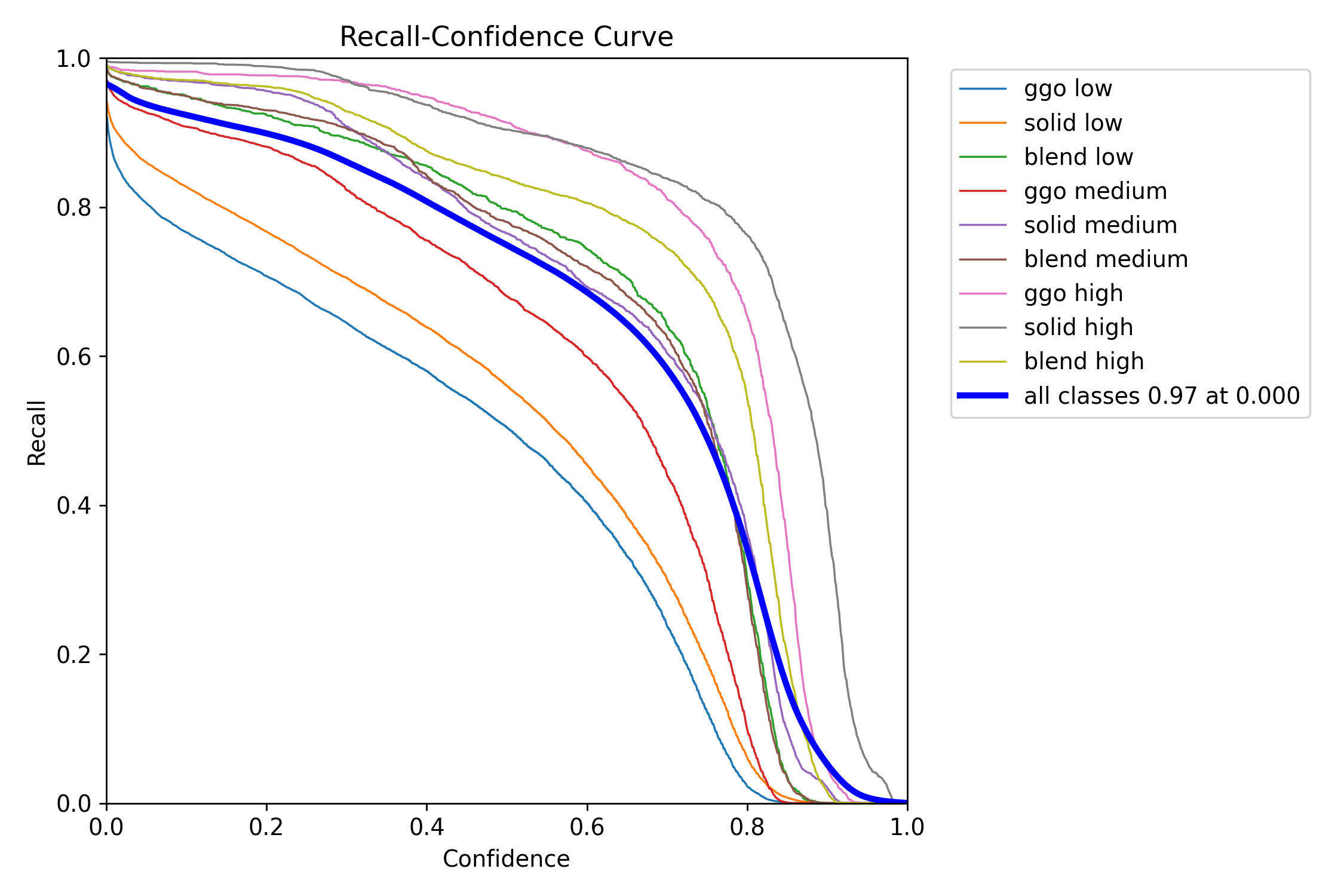
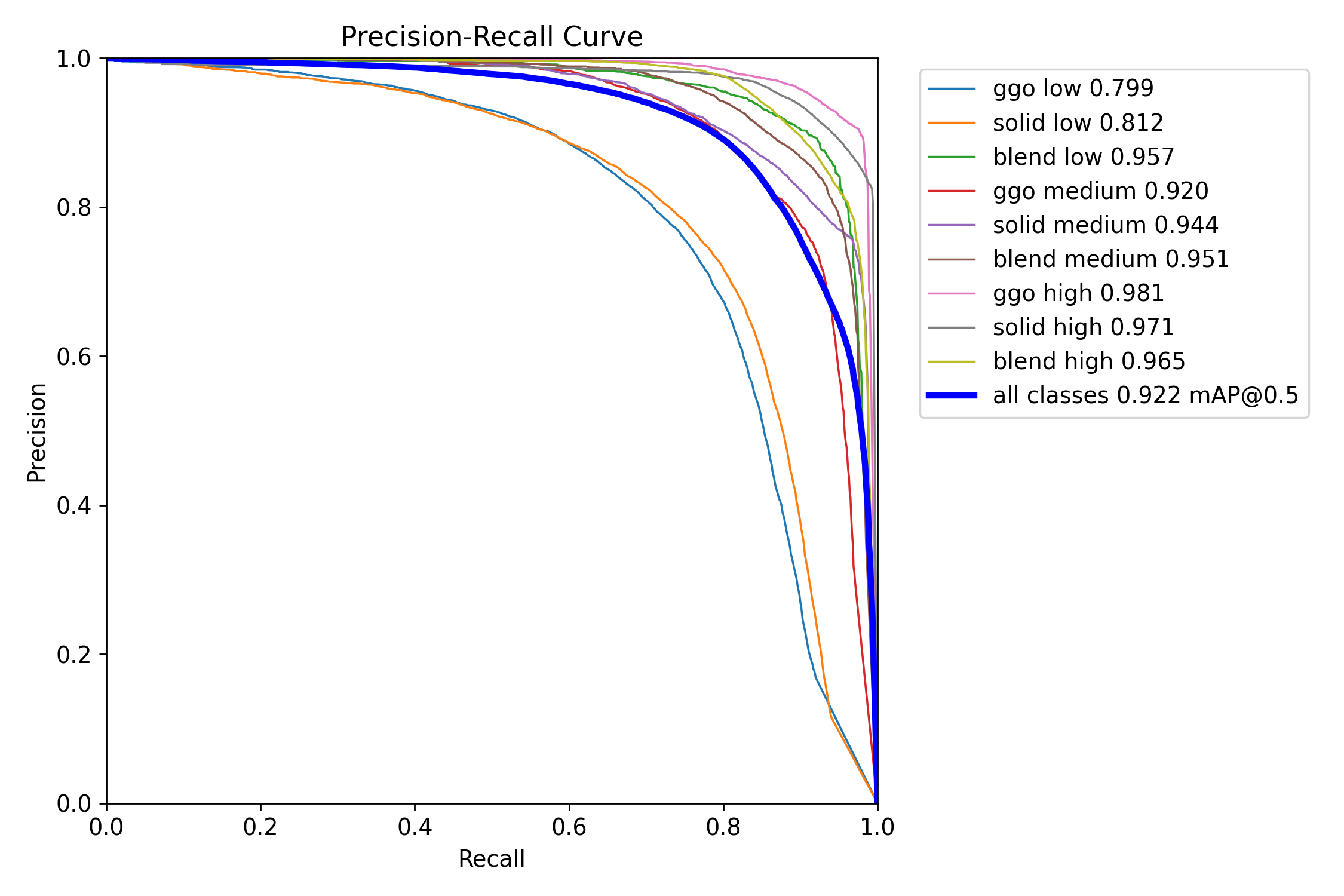

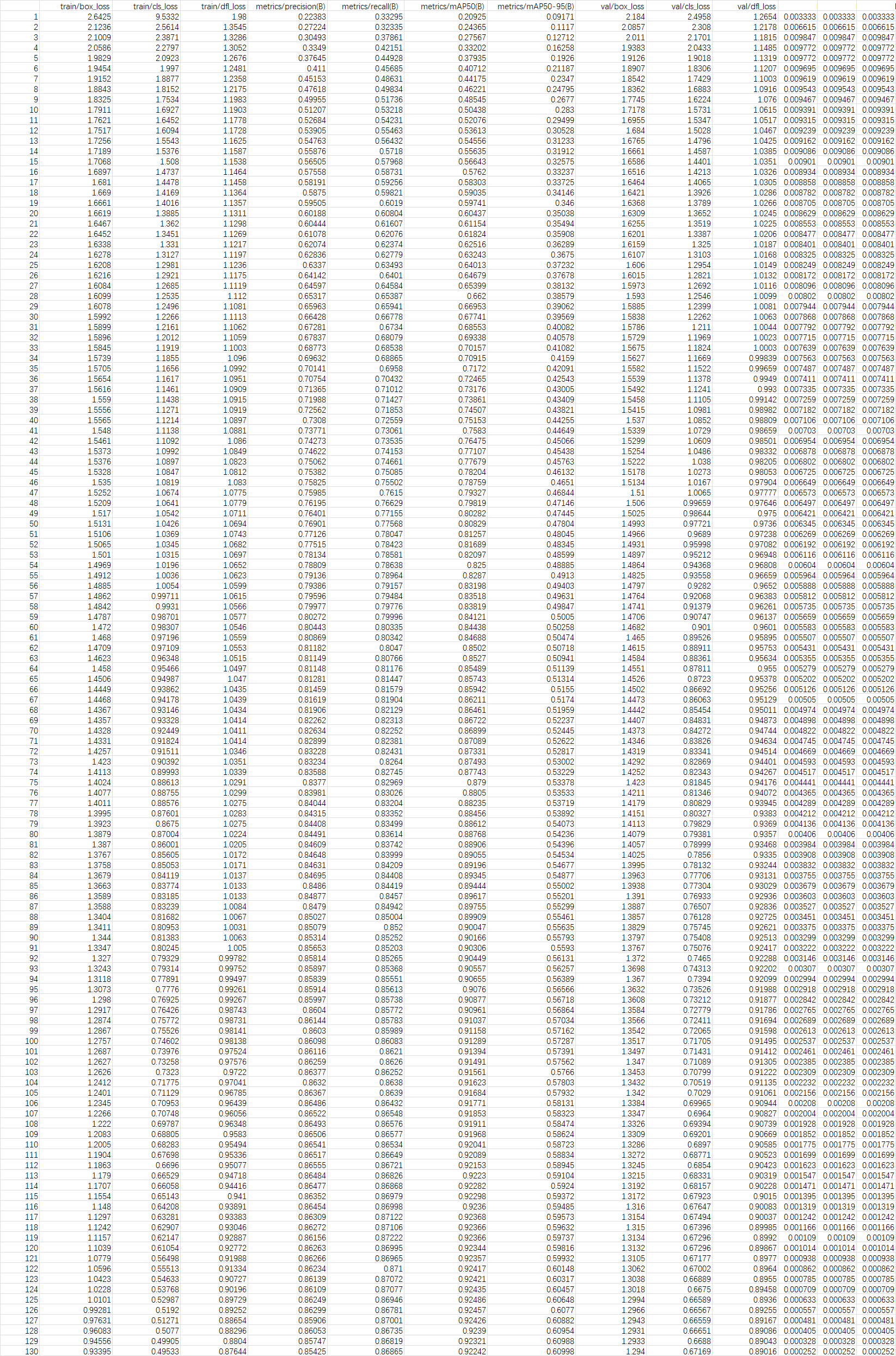
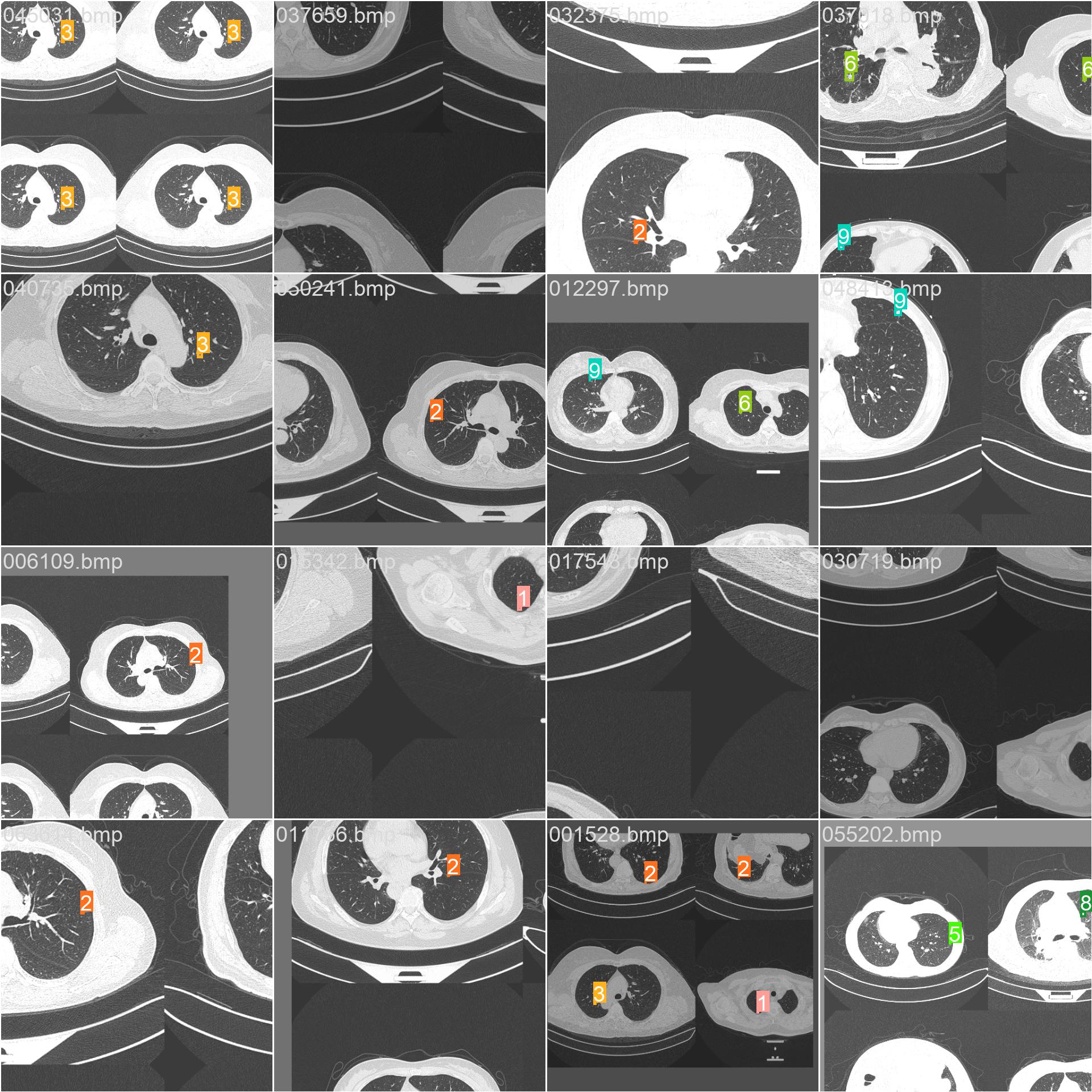

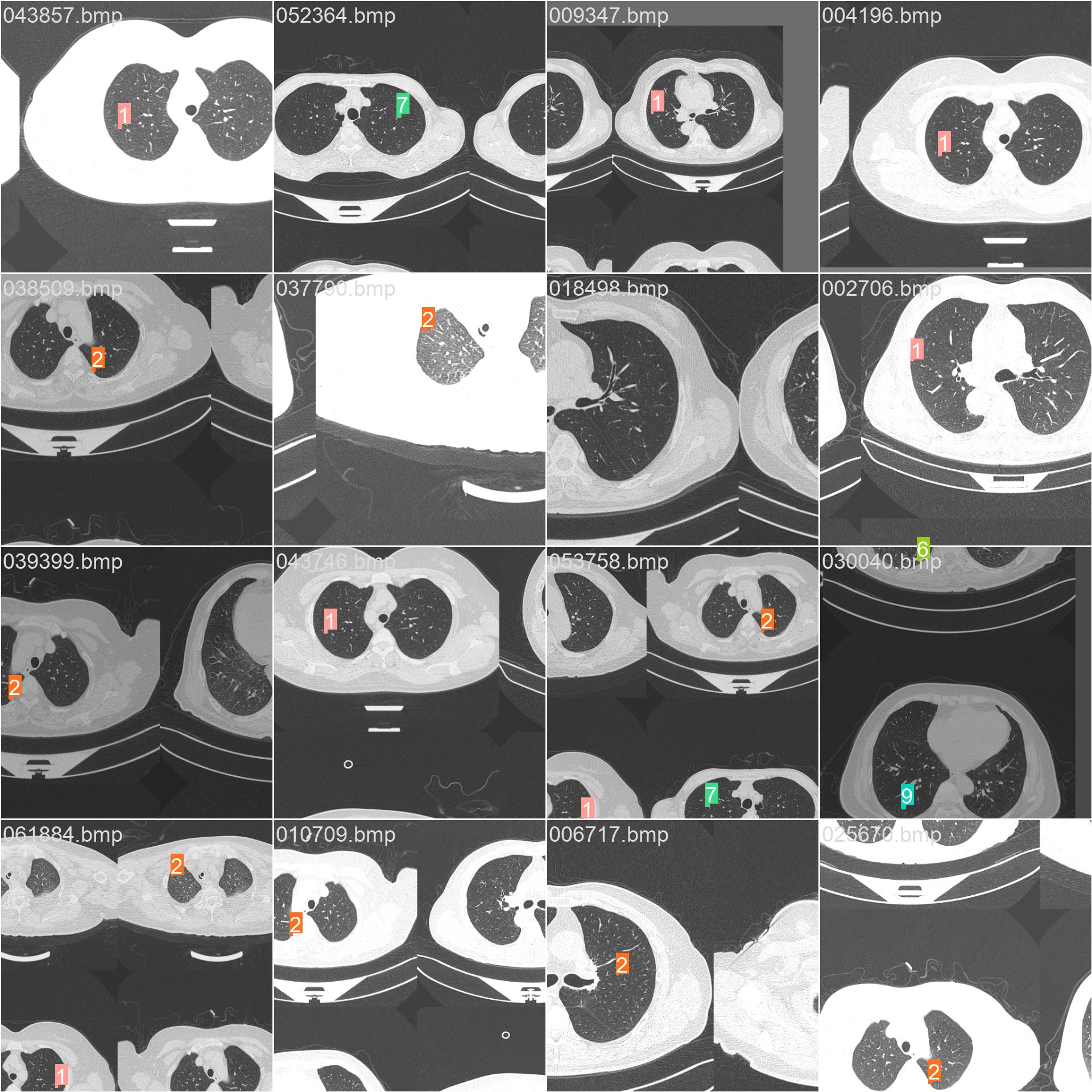
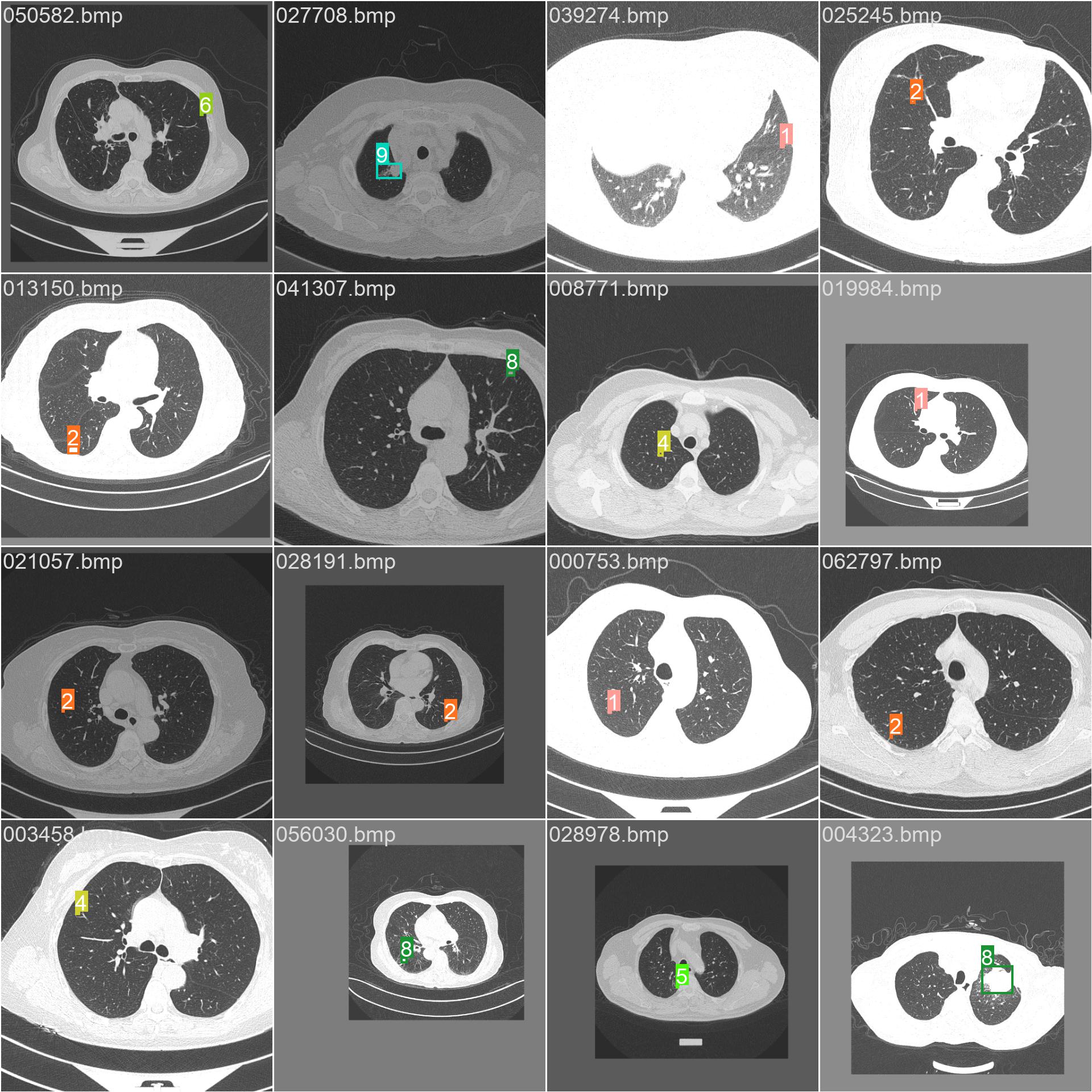

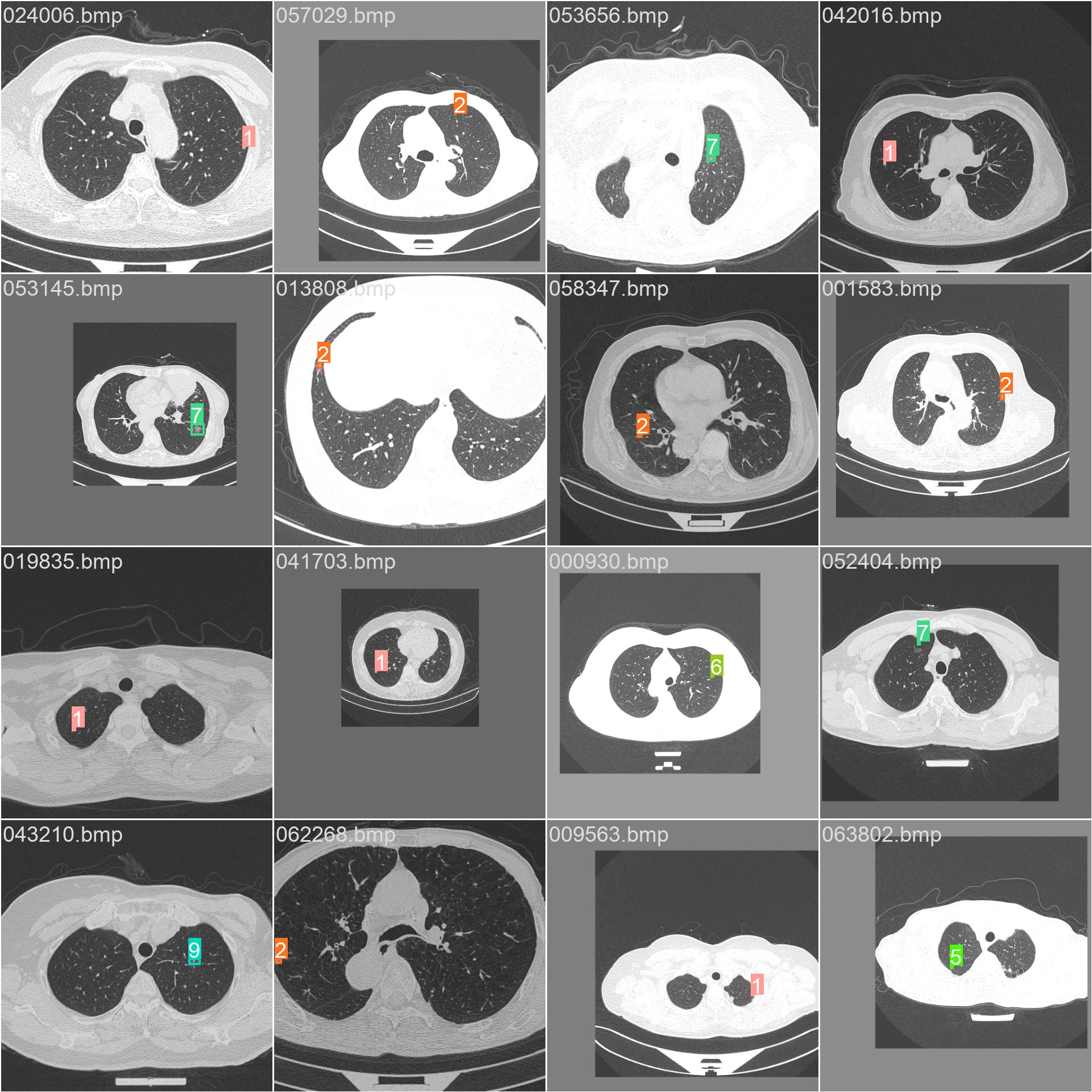
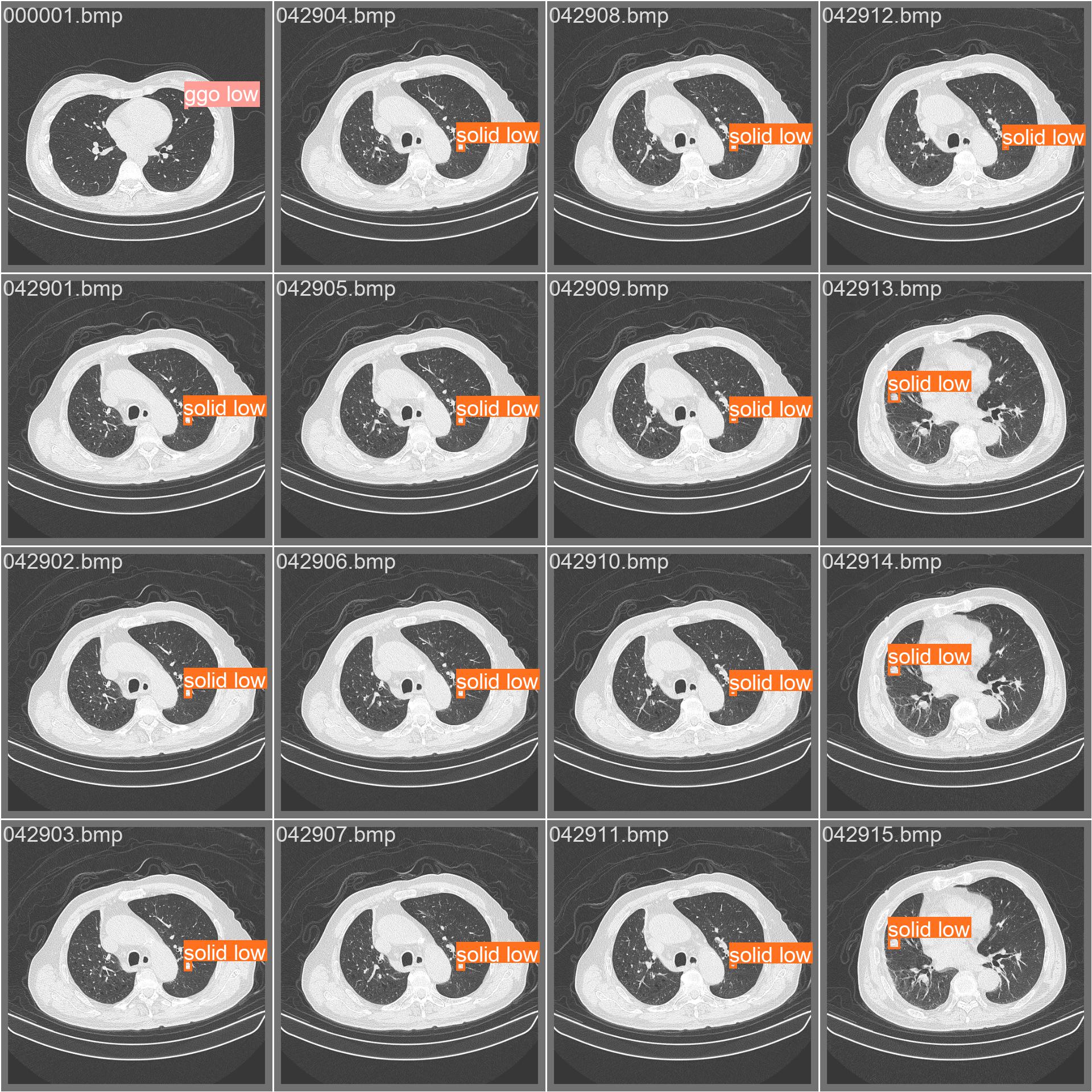
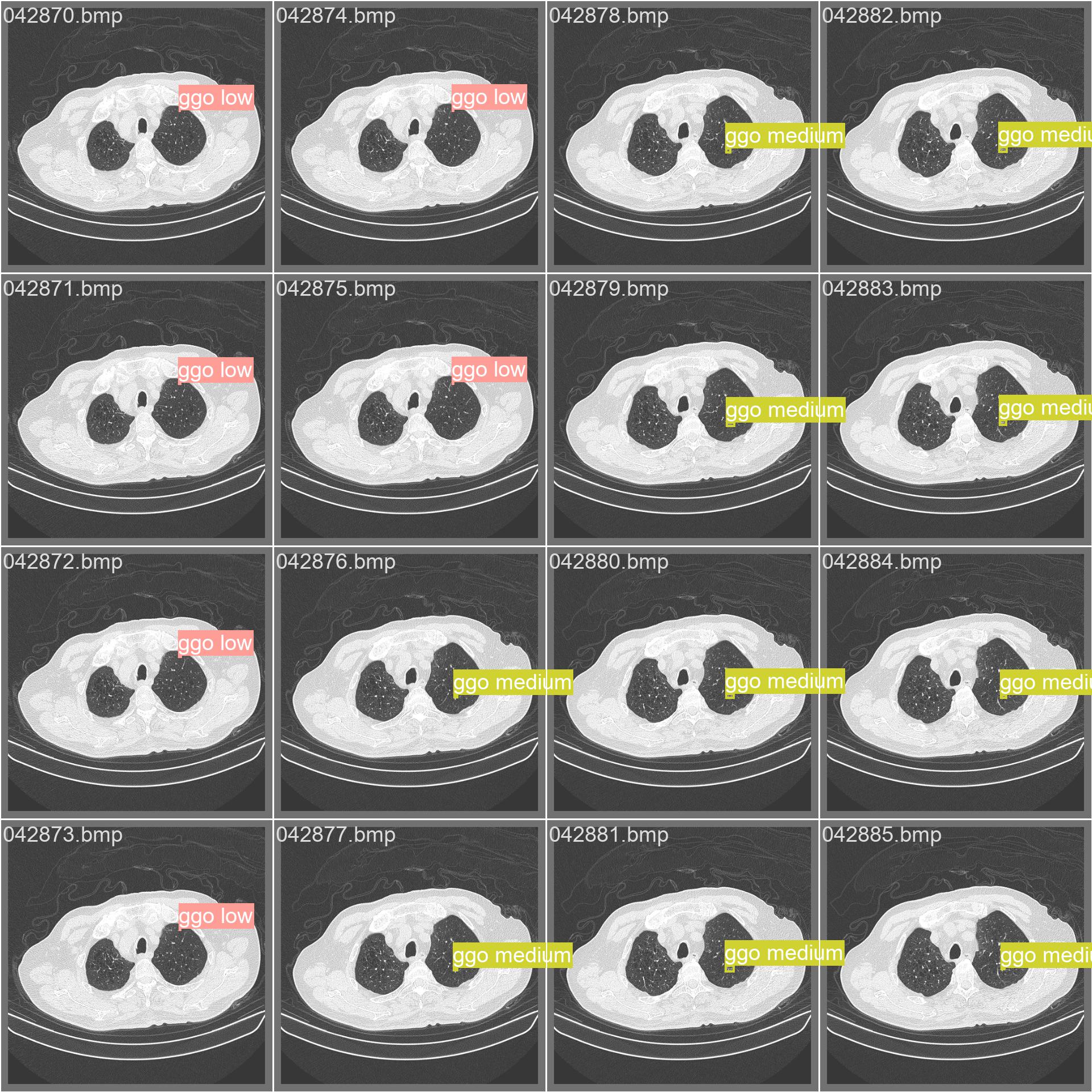
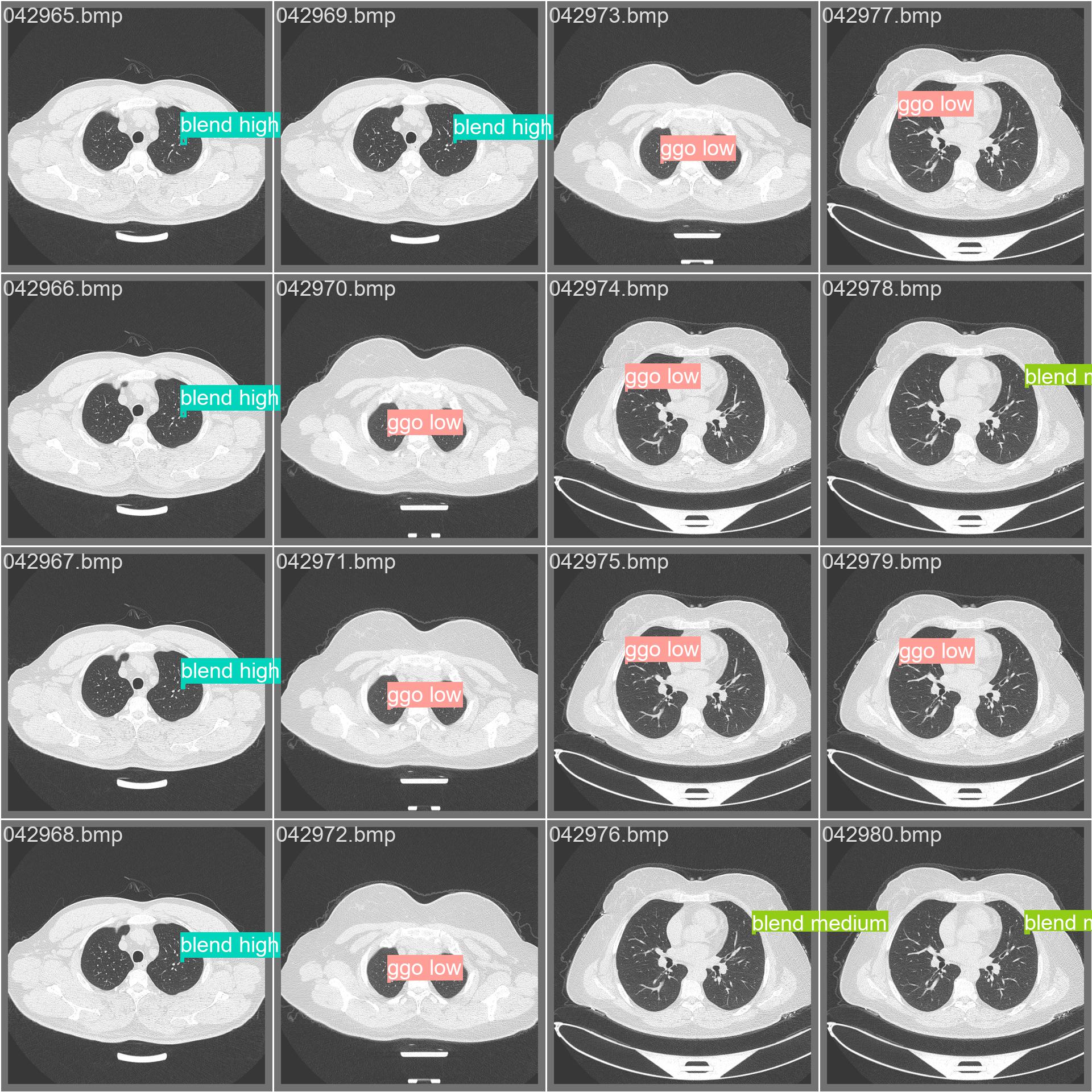
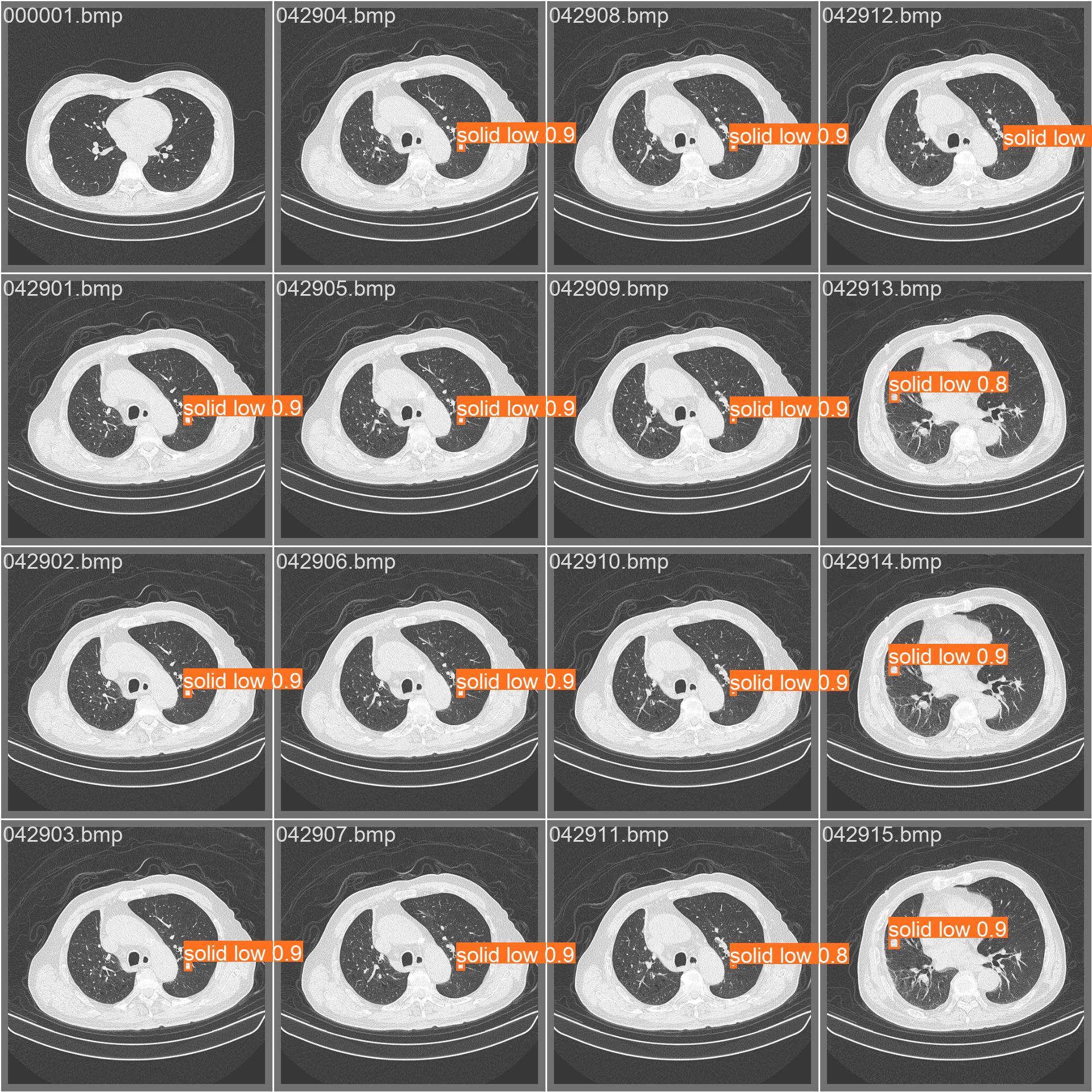
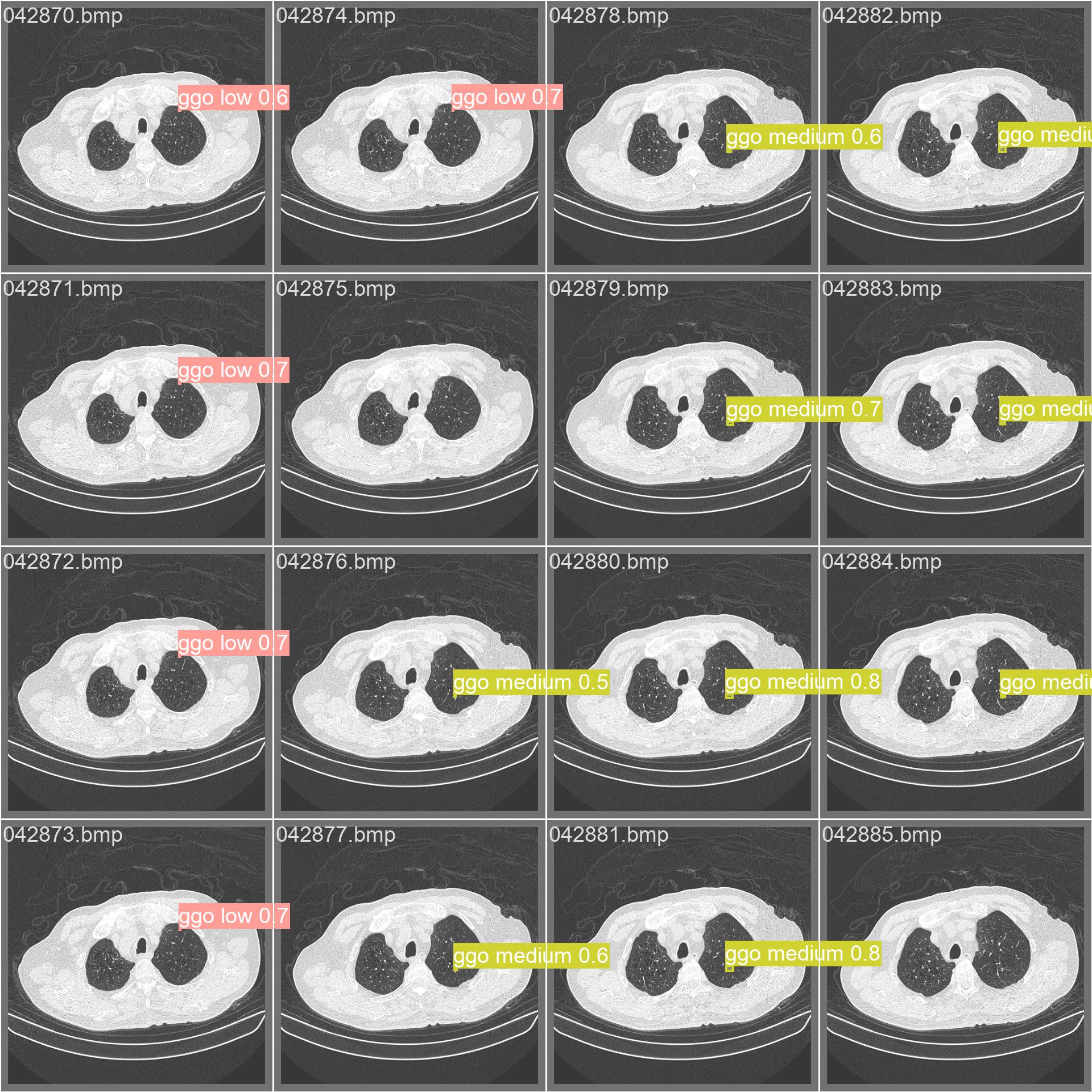
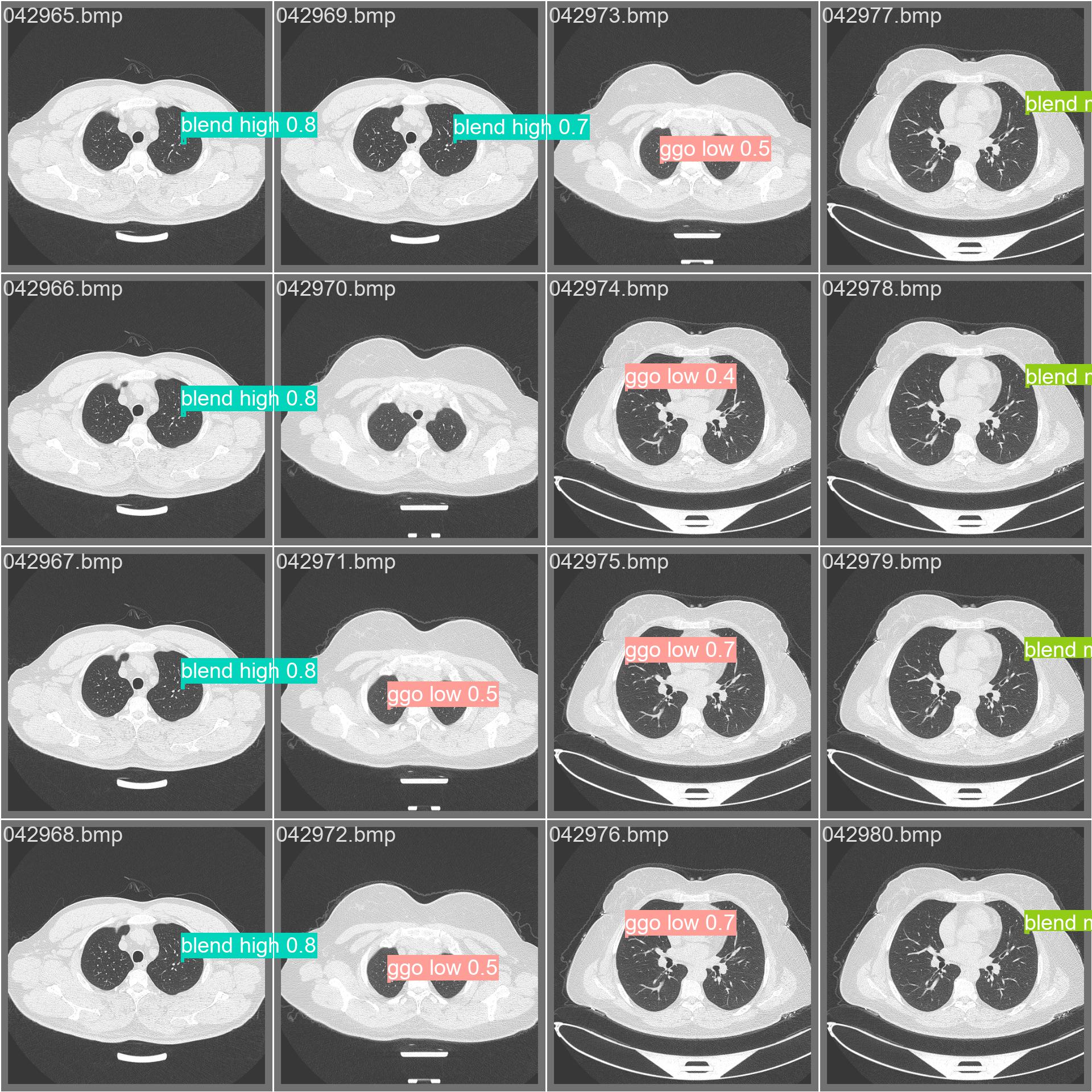





















































































![pagecolor{White}sqrt[n]{3}](/wp-content/uploads/replace/21cb8585a0a0b036ee2109bb1d68eb1e.png)




















































































































































































































































































